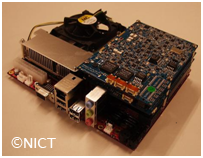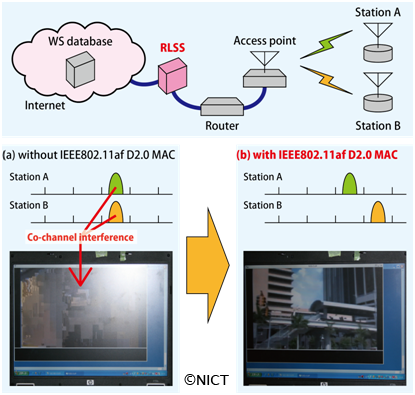In the past few years, many countries have started to replace the current analog television technology with digital television (DTV). The Federal Communications Commission (FCC) in the United States derived the transition to DTV successfully on June 12, 2009. Consequently, regulators have initiated opening up some of the currently unused broadcast TV spectrum between 54-698 MHz referred to as TVWS to wireless communication systems. The Office of Communications (Ofcom) in the UK and regulators in many other countries are also following the same trend, encouraging organizations around the world to start efforts to prompt research and standardization activities.
IEEE 802.11af TG was formed in 2009 under IEEE 802.11 WG. The target is to define modifications to both the 802.11 PHY and MAC layers to meet the legal requirements for channel access and coexistence in the TVWS. The 802.11af has been closely following various regulations in order to prompt the WiFi technologies in TVWS worldwide. It is widely considered as one of the most promising technologies for the TVWS. In September 2012, the 802.11af released its first stable draft standard (Draft 2.0). NICT is one of the most active contributors and leading parties of the 802.11af.































